25 . 10 . 2017
GOOD PRACTICES Virtual Data Room: Everything you need to know
25 . 10 . 2017
- What is a Virtual Data Room?
- What kind of information is placed in Virtual Data Room?
- When should I use Virtual Data Room?
- Traditional Data Room vs. Virtual Data Room
- What makes Virtual Data Room different from other file-sharing systems?
- What are the key functionalities of this type of applications?
- VDR is safe – what does it mean?
The Virtual Data Room industry is now estimated to be worth USD 5,76 billion by 2032, according to Straitresearch. Data rooms, initially used mostly in M&A transactions, are now implemented widely by companies from various economy sectors. VDR’s popularity is growing as more and more companies give up traditional (paper) office management, which is followed by increasing threats of information breach. The main purpose of the data doom is to provide the highest level of security for electronic information which is shared between organizations.
In short:
- VDR is an extremely secure environment for sharing information online
- The difference between VDR and email is roughly the same as sending cash in an envelope and hiring a convoy.
- Security is just the beginning: equally important is supervision over who has access to what information, when and to what extent. You literally control everything here.
What is a Virtual Data Room?
In the simplest terms, Virtual Data Room is a web-based electronic document repository in which a company can keep confidential documents safely and grant access to them to any authorized person. In fact, this environment is extremely secure and encrypted with algorithms similar to those used in electronic banking (EV SSL).
Access to information is limited and strictly monitored by the administrator. It is decided by the administrator on who will have access to information, to which documents specifically, and to what extent (e.g. whether a user will be able to save files, print them, etc.). The administrator invites users to VDR but can also deny or limit their access at any time. Thanks to this function, crucial business documents can be shared with external companies in a secure way and constantly monitored.
The idea is that no one will get access to confidential information unless an appropriate permissions is given, while everything that happens in VDR is being regularly reported. On the other hand, people who have been invited to the data room can work comfortably from their offices in any corner of the world at any time, day or night. Due to the fact that data room is offered as a service (SaaS) you only need a computer and Internet connection to use it.
What kind of information is placed in Virtual Data Room?
Documents placed in data rooms are usually private and labeled as of high value to the owner. Along with uploading typical information that should always be protected, i.e. financial, personnel, legal or strategic data, more and more companies pay closer attention to security and protect information from such areas as intellectual property or patents using VDR. This is further accompanied by the necessity to be compliant with the updated (and strict) GDPR requirements in EU law – protection of personal data.
When should I use Virtual Data Room?
Data rooms are most often used for completing market transactions, including Mergers and Acquisitions. The essential part of any transaction is to provide access to company’s data to investors and their advisors in order for them to be able to evaluate the profitability and amount of risk related to the investment (Due Diligence).
The Due Diligence process in its traditional form (a physical data room) is typically:
- inconvenient and it generates costs (each investor has to come to the company and analyse the documents in a dedicated room),
- time-consuming (investors mustn’t know about each other so they arrive at a different time, “one after another”),
- posting a high risk of information breach (employees can find out about the transaction and it could not be completed, speculations might start; someone can take pictures of the documents or take them away).
Therefore, electronic data rooms replaced the traditional ones relatively quickly and currently they are the standard of Due Diligence (read more about it in the article Why use VDR in Due Diligence process?). Thanks to VDR, collecting information, reading them and making evaluation are more effective than ever before. The main benefits to each participant of the transaction are:
- convenience (everyone works from their offices) and transparency of the process, he seller has the ability to reach a larger group of investors from all over the world (investors work in a Virtual Data Room at the same time, but do not know of each other’s existence),
- security of the information and control over the transaction (e.g. you can know exactly what piece of information was shared to whom, when, to what extent, or for how long a particular document was viewed).
| Solutions of VDR from an industry perspective | Solutions of VDR from a process perspective | |
|---|---|---|
| Energy (investment projects, consortium loans) | Mergers and Acquisitions (company or share sales, investor search) | |
| Life Science (audits, licensing, contractual sales, outsourcing research to CRO) | Due diligence | |
| Commercial Real Estate (raising funds from banks, collaboration with investors, exits) | Audits (legal, financial) | |
| Private Equity/Venture Capital Funds (fundraising, investment exits) | Collaboration with legal and financial advisors | |
| Banks (cyclical sale of debt portfolios) | Alternative to FTP or sending confidential documents via email |
Traditional Data Room vs. Virtual Data Room
Apart from Due Diligence transactions where the benefits of using VDR are evident, data rooms are increasingly used by companies to implement projects that do not have Due Diligence phase, but simply involve sharing sensitive information with external partners (advisors, financial institutions, cooperating companies). Most often these are investment projects, construction projects, project financing, joint ventures or consulting projects. The popularity of virtual data rooms is also growing in sectors such as Life Science or banking, where protection of intellectual property, patents and the abovementioned personal data is critical.
| Traditional Data Room | Virtual data room | |
|---|---|---|
| A physically secured and monitored room usually within the facility of an entity that is sharing confidential documents, or its lawyers, which is visited by external entities (Advisors) in order to analyse the company’s condition. Access to data room is often available to one Advisor at a time. - Time consuming Due Diligence - Low level of work comfort - High costs (travel, business trips) - Security Risk | A website, access to which is restricted, where external entities (Advisors) are being invited to in order to get familiar with company’s documentation uploaded there. As the documents are usually confidential, there are constraints regarding the possibility of copying, sharing or printing the documents. - Round-the-clock access from any place in the world - Parallel negotiations - Communication (Question & Answer forum) - Process efficiency - Information security |
What makes Virtual Data Room different from other file-sharing systems?
It is definitely the high security standards that will be described in more detail at the end of this post. Security is the heart of Virtual Data Room system. There is also a second factor worth noticing – VDR, unlike other file-sharing systems, offers support from the service supplier. Support is provided 24 hours a day and includes, first of all, technical support available to all users invited into the data room and, secondly, customer support in system management (e.g. data room supplier can upload files or administrate VDR for the client).
- Security standards at the level of banking services
- Document write and print restrictions
- Read-only mode – documents secured against editing (we secure over 30 formats, including PDF, Office, DWG, DXF)
- Prevention of text selection and copying
- Watermarks on documents identifying the user
- Print Screen shortcut lock
- Redaction tool module for document anonymization
- Communication module between process parties (Q&A) – particularly important for Due Diligence
- Advanced user activity reports, monitoring every action in the system
- Comprehensive customer support, e.g., loading documents into VDR, managing VDR on behalf of the customer
- Data Room archive on encrypted USB (contains all documents, reports, Q&A communication archive, additionally confirmed with a data compliance certificate, often used as an attachment to an investment agreement or as an archive for the future)
For detailed information, refer to other articles: Can Microsoft One Drive or Google Drive replace VDR? and Safe alternative to Dropbox in Due Diligence.
What are the key functionalities of this type of applications?
Virtual Data Room is a solution for controlled sharing of confidential files outside the company, not for collaboration on documents. That’s why the VDR is a read-only system. This means that it is not possible to edit documents in the VDR and even the option of selecting text and copying it is not allowed. These are the key functionalities of this kind of applications. In addition, the system allows even more advanced constraints such as:
- blocking the option of saving documents on hard drive and printing them,
- blocking the screenshot option (Print Screen),
- imposing watermarks on the files, which in the case of taking a screenshot, helps identify the person who might have committed abuse.
In the case of the Virtual Data Room provided by FORDATA, our customers get additional protection (this time not against abuse from the users but against hacker attacks) thanks to the fact that the application for uploading and viewing documents are native applications created by FORDATA. They are not based on Flash technology – unlike most competing VDR solutions – which is considered highly vulnerable to IT threats.
VDR is safe – what does it mean?
When it comes to system access rights and encryption of communication, VDRs have the same security level as banking services. This includes communication encryption with secure EV SSL 256-bit protocol, logging in using strong password and SMS codes, enforcing periodic password change or auto-logout after a specified time of user inactivity. Additional mechanisms that can be found in the data room, but not in banking systems, are the ability to limit the number of IP addresses from which users can log in to VDR or blocking simultaneous logins using the same credentials.
The catalogue is much more extensive and we could talk at lengths about the subject of security. All things considered, VDRs are the safest file-sharing systems available on the market. Hence, I will purposely stop at this point and continue the topic in the next articles. I hope that I have managed to familiarize with VDR those of you who are beginners in the subject yet still find it important from the business perspective. We also encourage you to test our system and see if it is a good solution for your business.
The article was updated on December 29, 2023.
Did you like the article?

How many heads, so many ideas. That's why each of us contributes to making the content on our blog attractive and valuable for you. Discover a source of knowledge and inspiration for your business with Fordata.
Do you want to exchange knowledge or ask a question?
Write to me : #FORDATAteam page opens in new window
See how it works. Get your TRIAL version for free.
TEST FOR FREE Get your TRIAL version for free-
01 . Serial M&A acquisitions in a nutshell - good practices and technology

Both serial and single buy-side M&A processes play an important role in companies’ development strategies. However, they differ in purpose, scale and approach, which determines their importance for the company.
15.07.2024
-
02 . Fake software aggregators – how to identify them?

Fake software aggregators and Virtual Data Room industry. See how developers try to deceive their customers with fake software comparison websites.
14.03.2024
-
03 . Safe alternative to Dropbox in Due Diligence
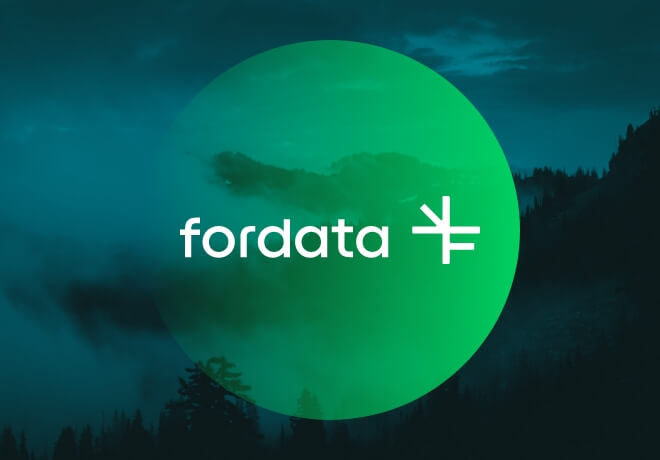
Why should I pay for VDR when I can use Dropbox?’ – our clients ask this question sometimes. Yet the answer is not that straight…
26.01.2024
-
04 . Transformations and challenges: European fintech in 2023

The European Fintech ecosystem, once characterized by rapid growth and numerous investments, has undergone significant changes and challenges in 2023. Where does the sector currently stand?
16.11.2023
-
05 . Public-Private Partnership (PPP) in Poland
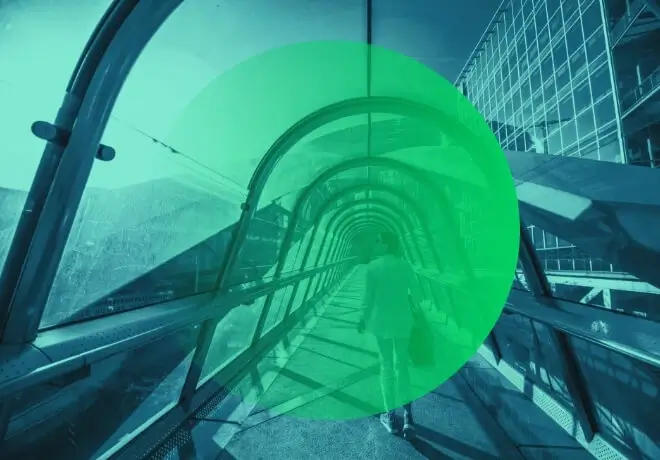
Public-Private Partnership (PPP) – optimizing budgetary expenses and efficient collaboration between the public and private sectors. Explore the benefits and key elements of joint PPP projects.
09.11.2023
-
06 . Energy industry 2023: Virtual Data Room in M&A transactions
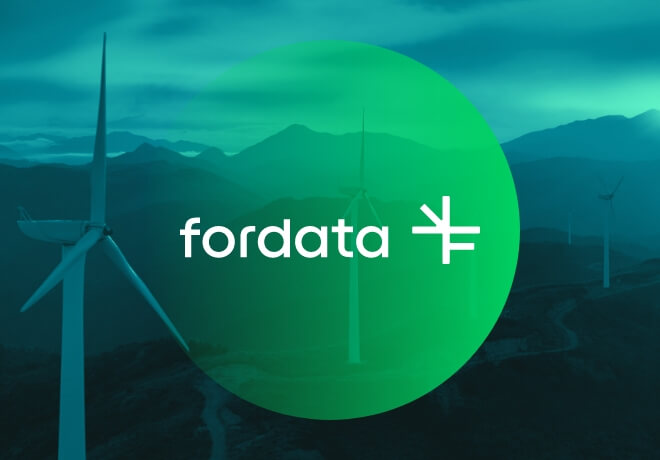
The situation in the energy industry in Poland and Central and Eastern Europe is rapidly changing. What do investments in renewable energy look like?
06.06.2023
-
07 . VDR in due diligence process

M&As are a permanent element of the economic world. Their goal is to achieve strategic and financial benefits by expanding markets, diversifying products and production processes.
27.05.2023
-
08 . What documents can you load to data room?

Virtual Data Room is a great alternative to applications like Dropbox and Google Drive, especially when it comes to security…
13.03.2023
-
09 . Company audit - how does it work?
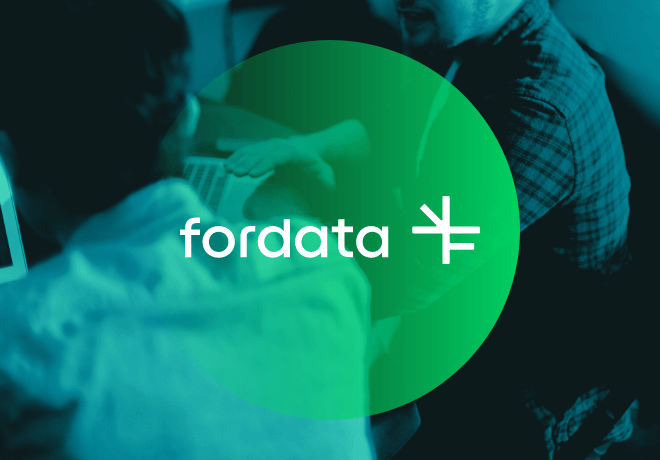
It can be inevitable and often it causes irrational fear. In fact, it is a great opportunity to help your business grow. An audit in a company is always a serious undertaking.
09.02.2023
-
10 . Venture Capital and Private Equity - the differences between the funds

PE/VC – what are the differences between Private Equity and Venture Capital funds? We point at the main characteristics of both.
15.06.2022
-
11 . Fundraising - how to obtain financing with the VDR tool?

Acquiring financing is a process that requires proper planning based on the current economic conditions, especially in times of crisis…
26.05.2022
-
12 . Who is obliged by DORA and how?

DORA regulation is another step of the EU into operational resilience of financialentities. Who does in concern?
19.05.2022
-
13 . Secure sharing of company documents. A guide for entrepreneurs.
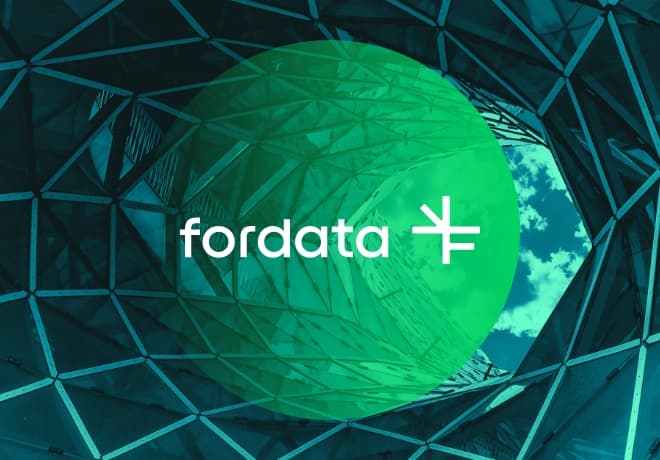
The growing expectations of users regarding the ease and availability of online solutions are one of the main drivers of the digital revolution.
15.04.2022
-
14 . FORDATA system reports - all news in a nutshell
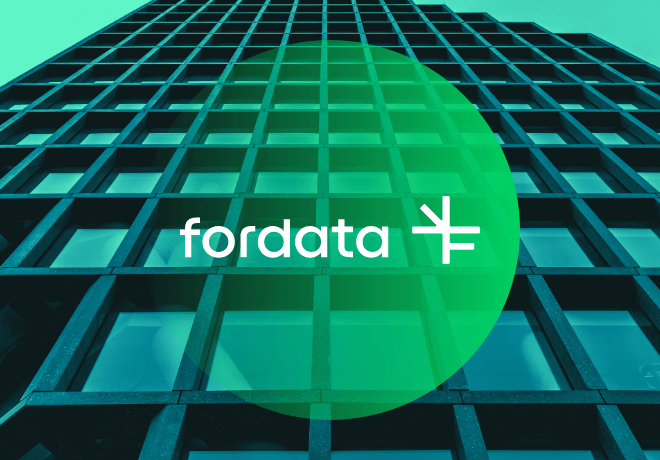
The new version 5.0 of the FORDATA system has been well-received by our users. Working in VDR has become even faster…
14.04.2022
-
15 . How to improve document workflow - 5 rules

Desks full of binders and busy employees with cardboard folders in their hands – these are classic pictures, especially known from…
25.11.2021
-
16 . Audit during the pandemic - how has it changed?

The epidemic has had a significant impact on the economy and the functioning of companies, therefore its effects…
27.01.2021
-
17 . FMCG industry - how do companies adapt to the market?

The FMCG industry is trying to make up for the losses lockdowns caused in numerous European countries, while selling of consumer goods…
18.12.2020
-
18 . The scale of restructuring is different in each industry. What about Automotive?
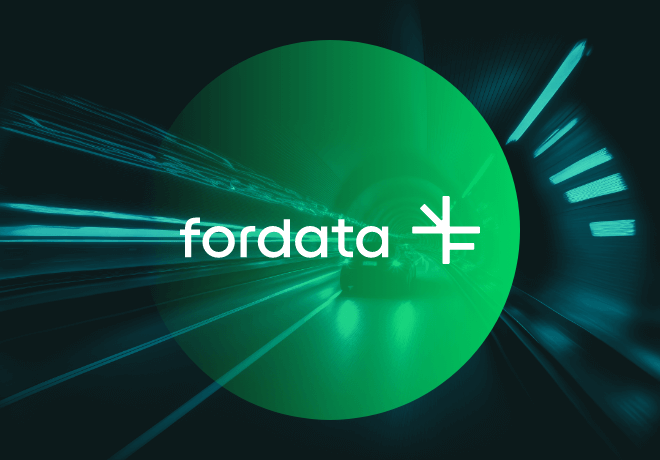
Coronavirus will have long-term effects on the economy. The results of the annual balance sheet may result in some companies not starting restructuring until next year.
22.09.2020
-
19 . Business continuity plan - why your company should have it
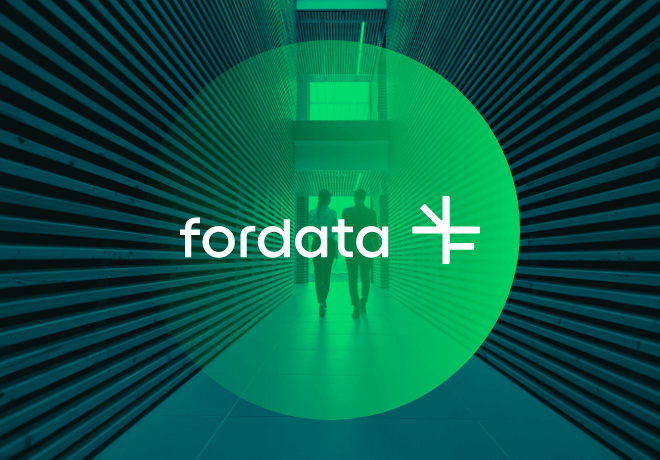
The pandemic has made companies aware that although it is impossible to predict all the black scenarios, having a solid business…
30.06.2020
-
20 . Restructuring and the pandemic - accelerated digitalization

Market closure due to the COVID-19 pandemic has intensified the restructuring efforts of many companies. The phenomenon…
20.05.2020
-
21 . Are your email attachments safe?

The modern office cannot function without email. According to the Radicati group, a statistical employee receives 121 messages per…
02.03.2020
-
22 . How to black out text in a PDF document correctly?
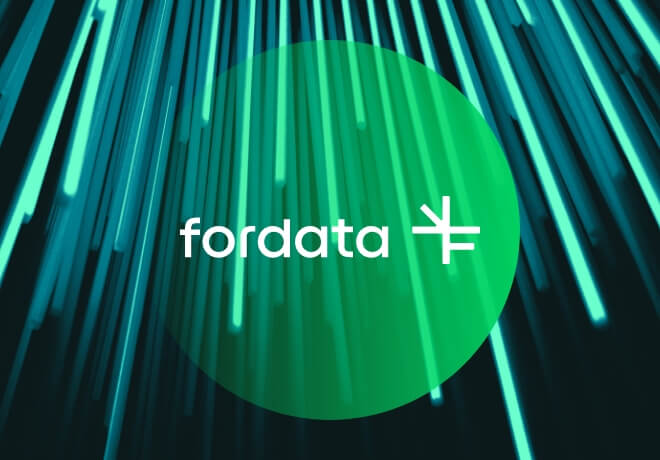
Document redaction has many faces – it may turn out that overwriting of the text in our document, which at first glance looks…
27.02.2020
-
23 . Safe cloud and the user - a marriage of convenience

According to a report on cloud computing prepared by McAfee, up to 87% of the companies surveyed believe that…
03.02.2020
-
24 . Virtual Data Room as a green solution

Entrepreneurs increasingly use ecological solutions and try to implement them almost in all areas of the company’s operation…
25.11.2019
-
25 . 5 startup tips from FORDATA

Learn 5 startup ideas that may help your project set off – from first-hand startupers! Read our tips that can help your project get off to a good start.
19.11.2019
-
26 . Top 4 Advantages of VDR over FTP server

Even today, FTP server is a popular method of transferring files. With its help, we can quickly share virtually any type of…
18.09.2019
-
27 . Cloud Data Storage And File Security

The internet has become a common thing in companies’ lives. The enormity of dedicated services, fast transfers and increasing mobility…
31.07.2019
-
28 . How FORDATA Data Room Works?

Are you interested in how the VDR project works in FORDATA? What is our secret of delivering excellent customer service? We have previously…
12.07.2019
-
29 . FORDATA Competitive Advantage – Customer Support

Have we already mentioned that we are available 24/7/365? At FORDATA we are extremely flexible…
12.07.2019
-
30 . Due Diligence stages - selling your business step by step
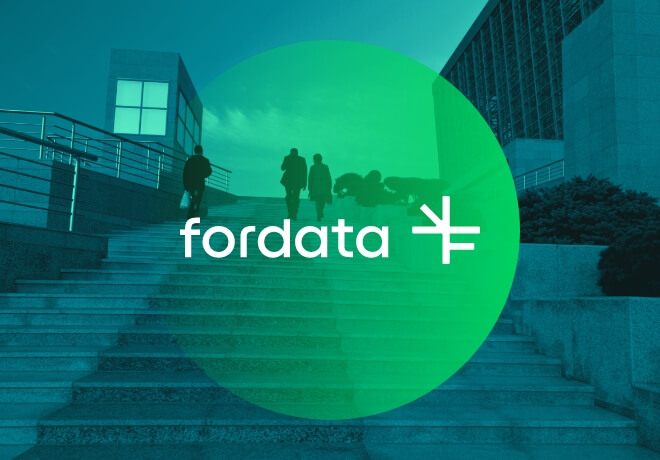
Every good investment decision is based on sound knowledge about a given company and transaction process. This applies…
25.06.2019
-
31 . Due Diligence - what exactly does it include?

What does Due Diligence investigation consist of? Who performs it? What are its types? Find the answers to these and other questions on FORDATA blog!
18.06.2019
-
32 . Due Diligence audit using Virtual Data Room - security in your company

The process of sharing confidential information can be greatly improved by using Virtual Data Room. Preparing for an audit?
14.01.2019
-
33 . FORDATA - Outstanding Customer Service!

FORDATA Team is flexible and understands your needs. Exceptional customer support distinguishes us among competitors.
21.09.2017
-
34 . GPG standard - a word on encrypting confidential data

Some users want it 101% safe. If the files we share via cloud services really need that extra layer of protection, encrypting them with a GPG standard might be a good idea.
13.07.2016
-
35 . Vendor Due Diligence - the Value of Negotiation Preparation

Vendor Due Diligence (VDD) is carried out only for the needs of the seller, which means that it takes place earlier than Due Diligence (DD).
09.11.2015



